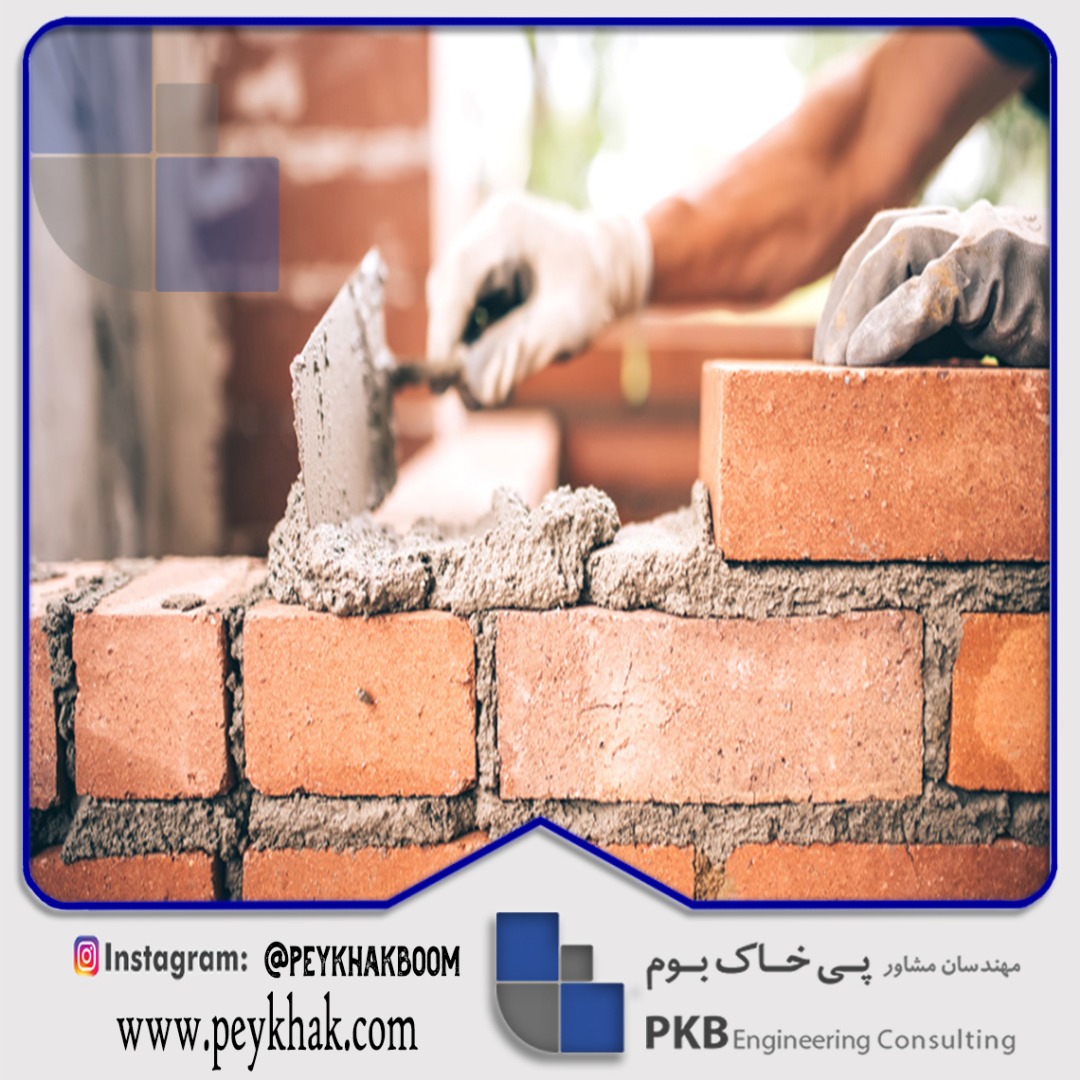Perhaps one of the aspects that is often overlooked or less overlooked in the design of a structure is the choice of materials and construction products. The importance of choosing the right construction products is very important and this plays an important role in the success or failure of a building. Even the use of standard building products has a significant impact on home prices, and each of us has probably heard about the quality of our housing and its price at least once when buying a home or mortgage and renting it.
In our country, the Ministry of Roads and Urban Development has enacted the technical and engineering aspects of building and national regulations governing the technical and engineering aspects of building, and compliance with these rules is essential for all construction activists.
Although these regulations are presented in various categories such as the standards defined for each material, its specifications and technical specifications, its compatibility with the building and its type of packaging and maintenance, we present in this article from the Keyboard Journal to Materials Safety and Considerations Environmental Some of the building products used in building a building are:
A few items of construction products
Generally, for the construction of a structure, the technical specifications of construction products must be standardized and materials that have quality certification must be used.
Hydraulic Cement
This type of cement is very sticky and hardens in combination with water or its proximity (also air). Thus, by definition, hydraulic cement is waterproof and does not perish in the face of water.
Materials safety and environmental considerations of hydraulic cement
This type of cement contains a small amount of live lime and other alkaline oxides, so it can be harmful to the skin and eyes, and dust in the air can cause respiratory problems. Therefore, cement should not be dispersed in the air.
When using cement, people need to wear gloves, glasses, masks, and long sleeves to prevent it from impacting different parts of the face and body.
If the cement comes in contact with damp skin or eyes, it should be washed off with plenty of clean water as soon as possible. In case of prolonged exposure to cement, it is advisable to use dilute vinegar solution to wash the skin after the area has been rinsed.
Plaster and its products
Plaster is a building adhesive that is white in color, if pure. If gypsum is cooked at low temperature and in laboratory conditions, gypsum is obtained.
Material Safety and Environmental Considerations of Building Plaster
In structures that use building plaster, workers also use shoes, protective boots, gloves, masks and safety clothing. Also, be careful when loading the construction plaster so that the envelopes are not torn and dust is not created.
Building plaster compatibility with other materials
Building plaster products, especially in wet areas, should be covered with stainless steel if exposed to steel.
Building plaster and its products in related areas, such as the northern cities of the country, should not be directly adjacent to concrete or cement products.
Construction mortars
Generally, a paste that is created by mixing adhesive and filler is called fresh mortar. This adhesive can be cement paste and the filling material can be like fine aggregates.
Mortar is used in construction to glue building materials together. Mortar provides the necessary bedding for plastering, plastering and bonding.
Materials safety and environmental considerations of building mortars
Since lime mortar is often used in construction, hydrated lime is best used, and due to lime damage to the skin and eyes, it is necessary to consider the safety of materials and individuals and to avoid lime contact with the working skin. Prevent action.
Compatibility
Lime, due to its composition of ingredients, causes corrosion of metals such as lead, aluminum and zinc. For this reason, it is necessary to coat metal materials with appropriate materials before placing them in limestone mortar.
Building stones
Stones are one of the most commonly used materials in construction. Sometimes stones are used as blocks and sometimes cut to decorate the floor and floor.
Natural stone consists of one or more minerals and is a synthetic stone made from a mixture of aggregates, adhesives and additives.
Materials safety and environmental considerations of masonry stone
Cutting stones should be done indoors using water.
The use of stones in buildings should never endanger the health and health of people and the environment. If it is likely that harmful radiation is emitted from the stone, it is necessary to examine and test the stone.
Stones are compatible with all construction products.
Ceramic tile
This product is used for floor and wall covering and decorative items. Ceramic tile is manufactured with different properties and systems and is a combination of different minerals.
Materials Safety and Environmental Ceramic Tile
Glazed tiles contain some compounds such as lead oxide and cadmium that are harmful to the environment.
Warehousing and painting of tiles should include safety helmets, work shoes and boots, and staff should be provided with personal protective equipment.
Like stone, tiles are no longer incompatible with other building products.
Bitumen
Bitumen
